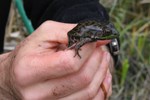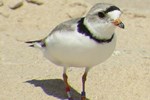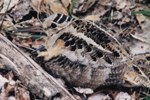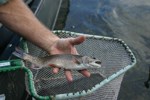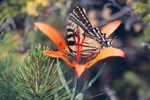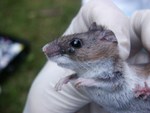|
TERRESTRIAL VERTEBRATES 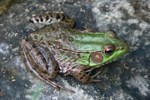
Van Zoeren 2006 State of Michigan Frog & Toad Survey This monitoring program began in 1989 to determine population levels of all frog and toad species in the park by systematically surveying 10 sites, three times/year. 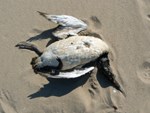
Alice VanZoeren 2007
|
Last updated: September 18, 2025

